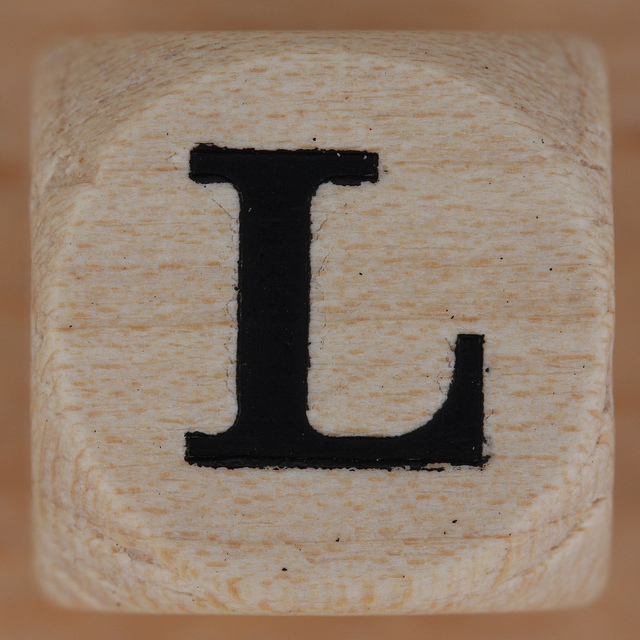ooking for a quick-paced impromptu improv game? How about a round of “Clap & Freeze” – a fun-filled game for honing your verbal and non-verbal acting skills! All you is need is some space to move around in and at least 6 open-minded participants – the more, the merrier.
Teaching Tools
Literature Circles Rock!

As we all know, more and more adults are reading less and less in their free time. That’s not a judgment, just a fact. Budding bookworms might even be considered an endangered species, so a few years ago, I started looking for a different approach to teaching literature to students of all majors and backgrounds. While looking for inspiration, I came across the literature circle, an approach that might just engage even the most skeptical university student who’d rather be writing code for an app or starting his or her own business. While it has become an integral part of the English classroom from elementary school upwards in the United States, this student-centered activity is relatively unknown in Germany. At least it was to me. During my research, I found out that literature circles come in all shapes and sizes and can be structured in many different ways, so there’s no one “right” way of doing it. That very fact appealed to me and led me to explore unchartered territory.
In a nutshell, a literature circle is made up of a small group of individuals who read the same text. Together they explore the text’s content and style while reflecting, asking questions, and sharing feelings, just as any literature circle would do. Sounds simple, right? It is and that’s exactly the point. When I first started adapting the literature circle to fit my university’s curriculum, I didn’t realize how this method would revolutionize my classroom – at least for a day.
Writing Life: From Theory to Practice
 Storytelling is as old as human civilization itself and fulfills a human need. In societies, in which education is becoming more commodified, students do not only want to be relegated to the position of consumers and regurgitate memorized facts. They have often told me that they want some control over their studies and the chance to produce meaningful, creative work. In one of my project-oriented seminar on life writing, students – including Ines van Rahden – got the chance to do just that. You can listen to her story, “24 Hours behind Bars,” at the end of this blog.
Storytelling is as old as human civilization itself and fulfills a human need. In societies, in which education is becoming more commodified, students do not only want to be relegated to the position of consumers and regurgitate memorized facts. They have often told me that they want some control over their studies and the chance to produce meaningful, creative work. In one of my project-oriented seminar on life writing, students – including Ines van Rahden – got the chance to do just that. You can listen to her story, “24 Hours behind Bars,” at the end of this blog.
How to Haiku Part Two

A long journey ends
when farmers grab their rifles
wolves in Germany
Remember the Haiku rules from last week? If not, check here.
As opposed to last week’s blog on traditional Haikus, this blog will focus on the non-traditional variant. While these Haikus still feature a natural scene or a part of nature (e.g. landscapes, animals, oceans), the focus is no longer on the depiction of a quiet, solemn image of nature but on the disruption or even destruction of a once balanced and harmonious environment. Non-traditional Haikus always call attention to environmental damage due to man’s interference in the natural order of things.
How to Haiku

I finally know
why students don’t like Haikus
too many syllables
Ooops, something went wrong – right: the last line. It has 6 syllables but should consist of no more than 5. O well, that’s the problem with Haiku writing – it sounds easy at first, but there are quite a few rules to obey. At least if you want to write a traditional Haiku.
Welche language habla twój voisin?
 hen I walk through my hometown, what do I hear? Traffic noises, the sounds of nature, animals humming, barking, and chirping. And of course, I hear us. Us humans chattering, laughing, and arguing. It is languages I hear. Lately, there are also languages I have never heard before. Sometimes, I turn around in search of their source and try to understand what is being said. I fail most of the time, but every now and then I recognize a word because of its resemblance to a word I already know.
hen I walk through my hometown, what do I hear? Traffic noises, the sounds of nature, animals humming, barking, and chirping. And of course, I hear us. Us humans chattering, laughing, and arguing. It is languages I hear. Lately, there are also languages I have never heard before. Sometimes, I turn around in search of their source and try to understand what is being said. I fail most of the time, but every now and then I recognize a word because of its resemblance to a word I already know.







